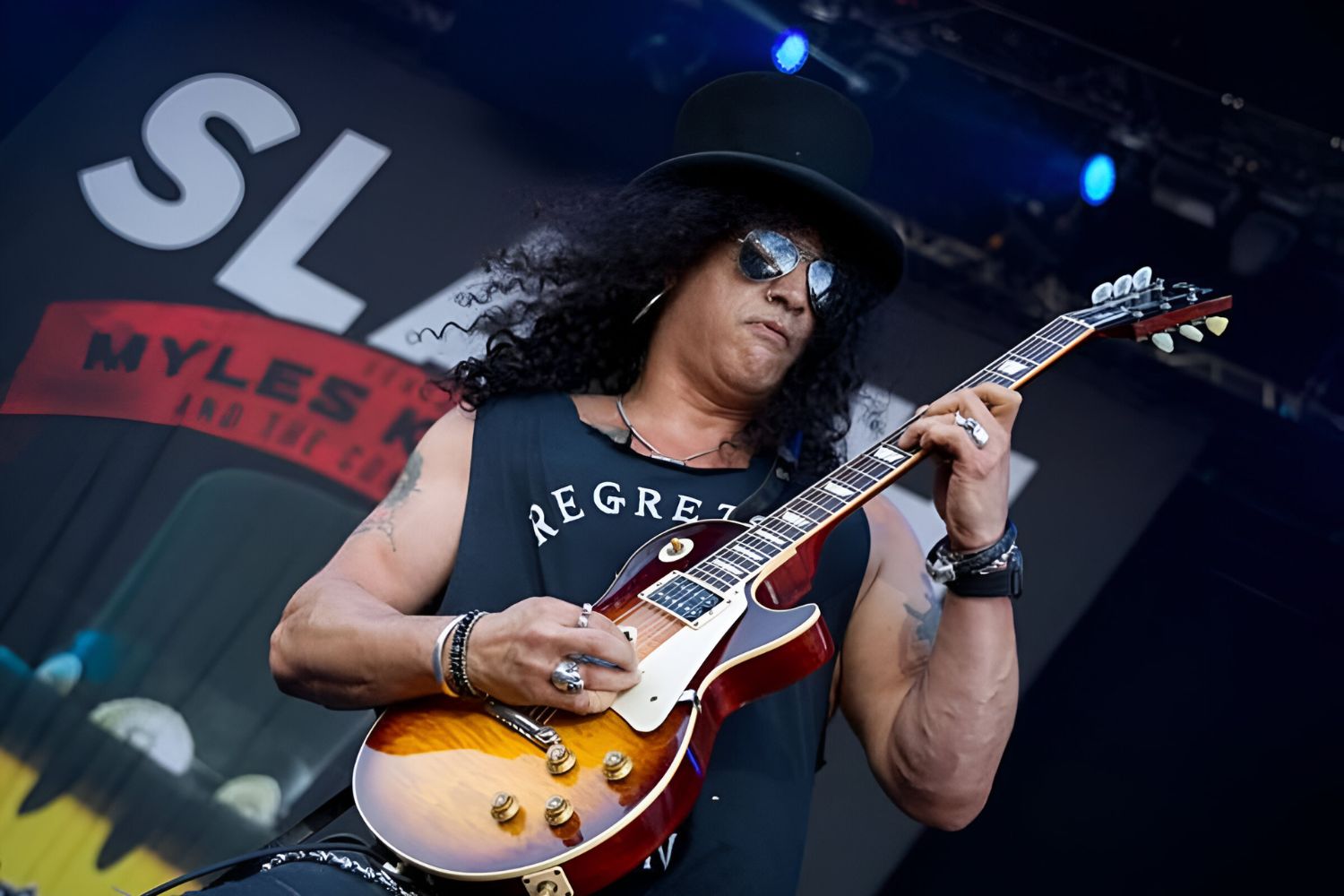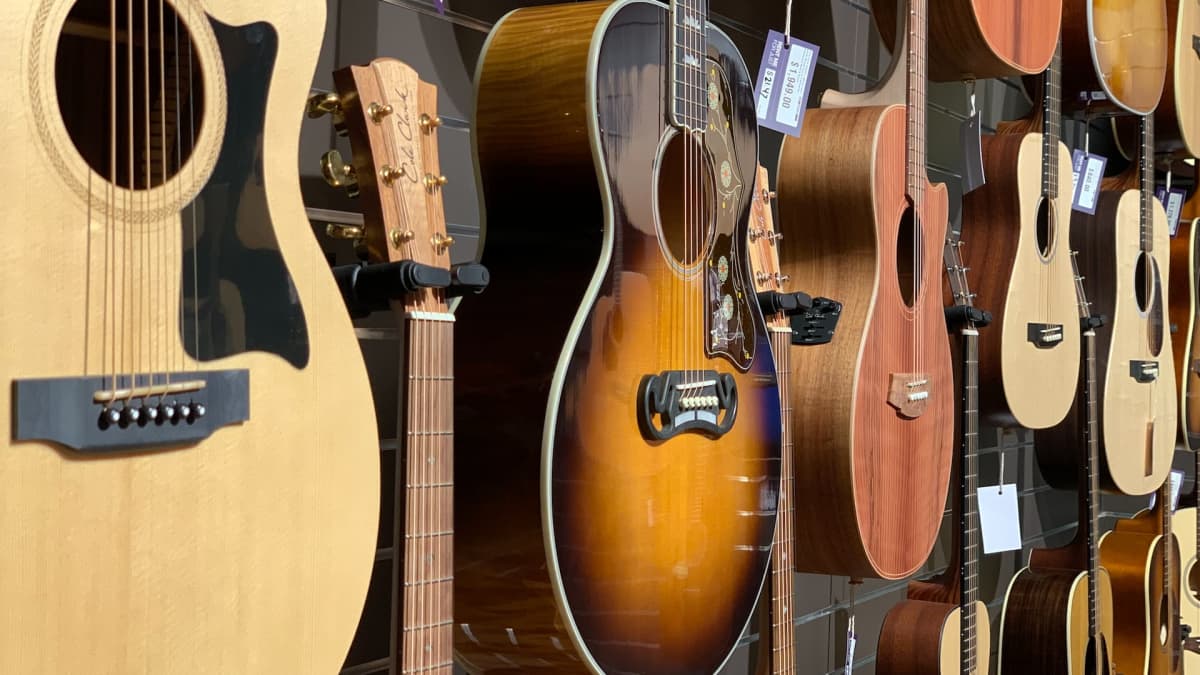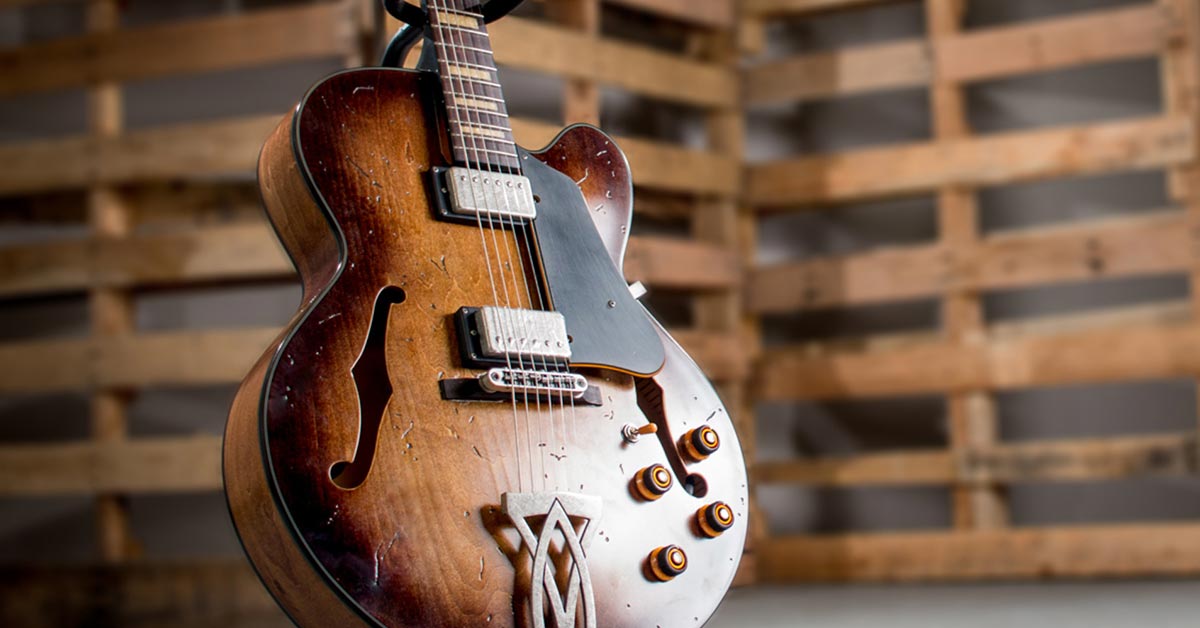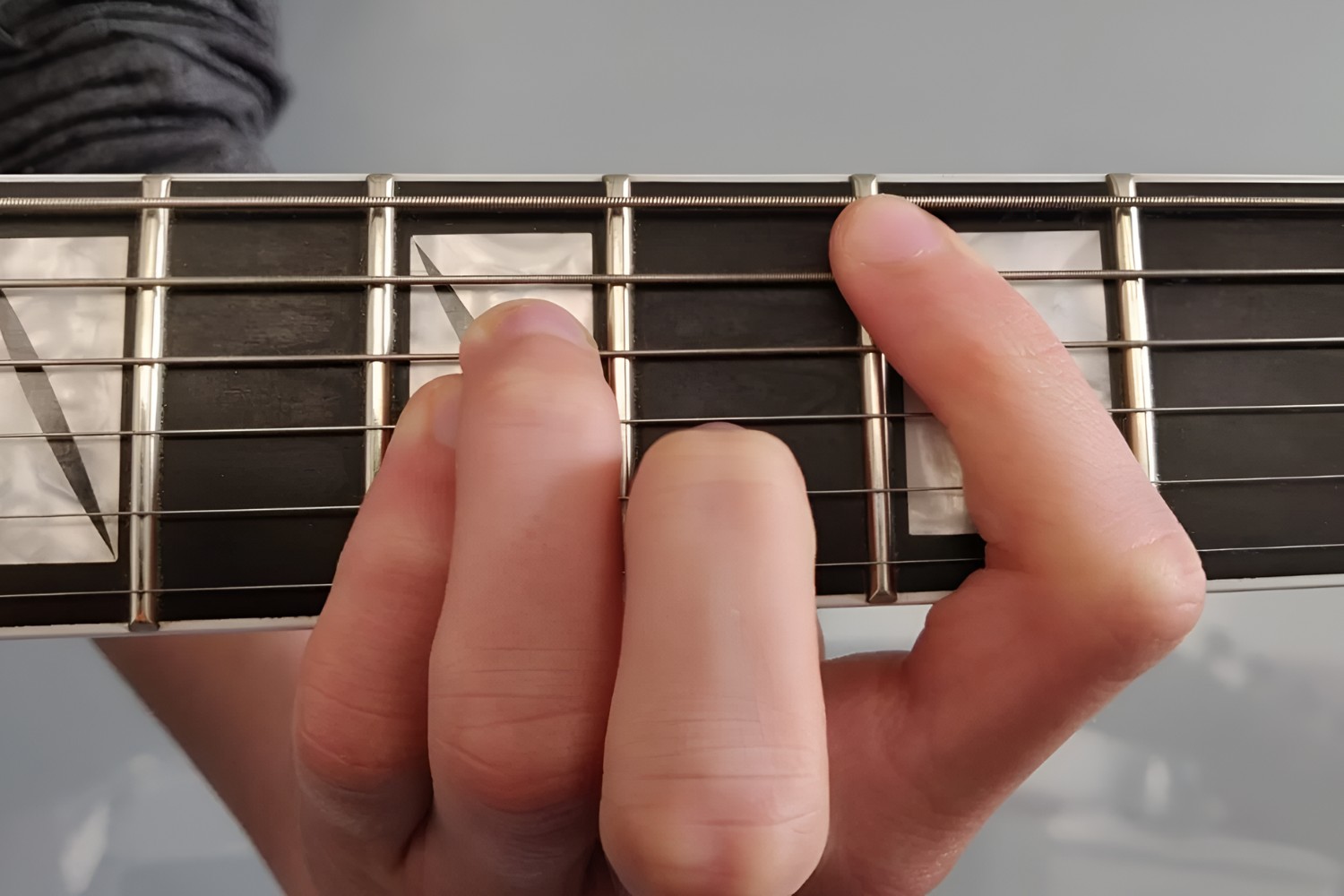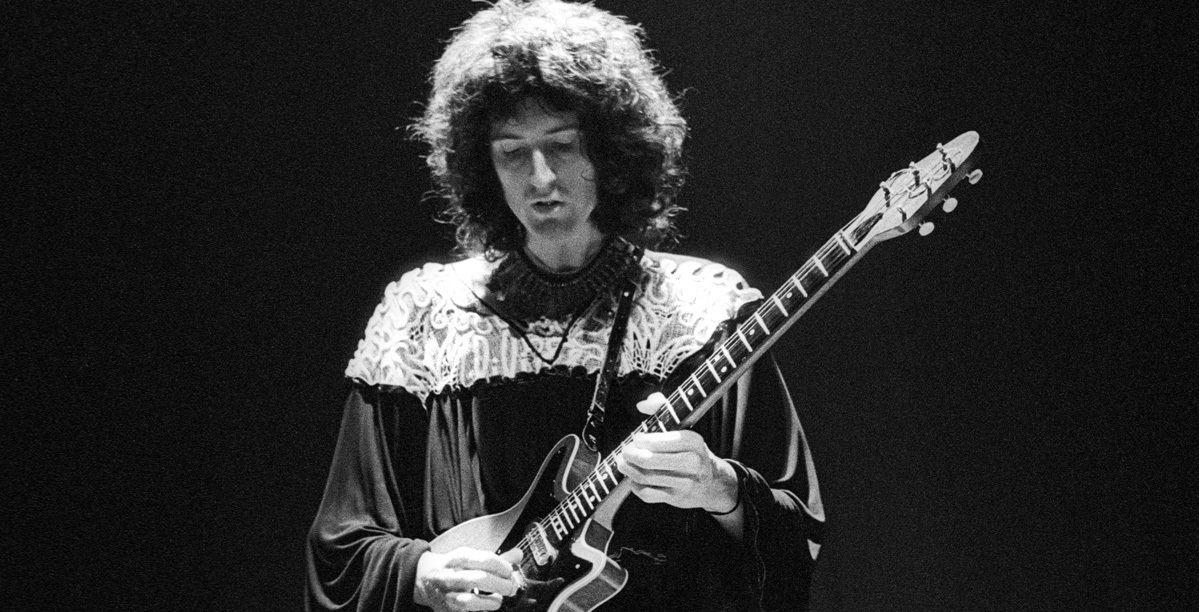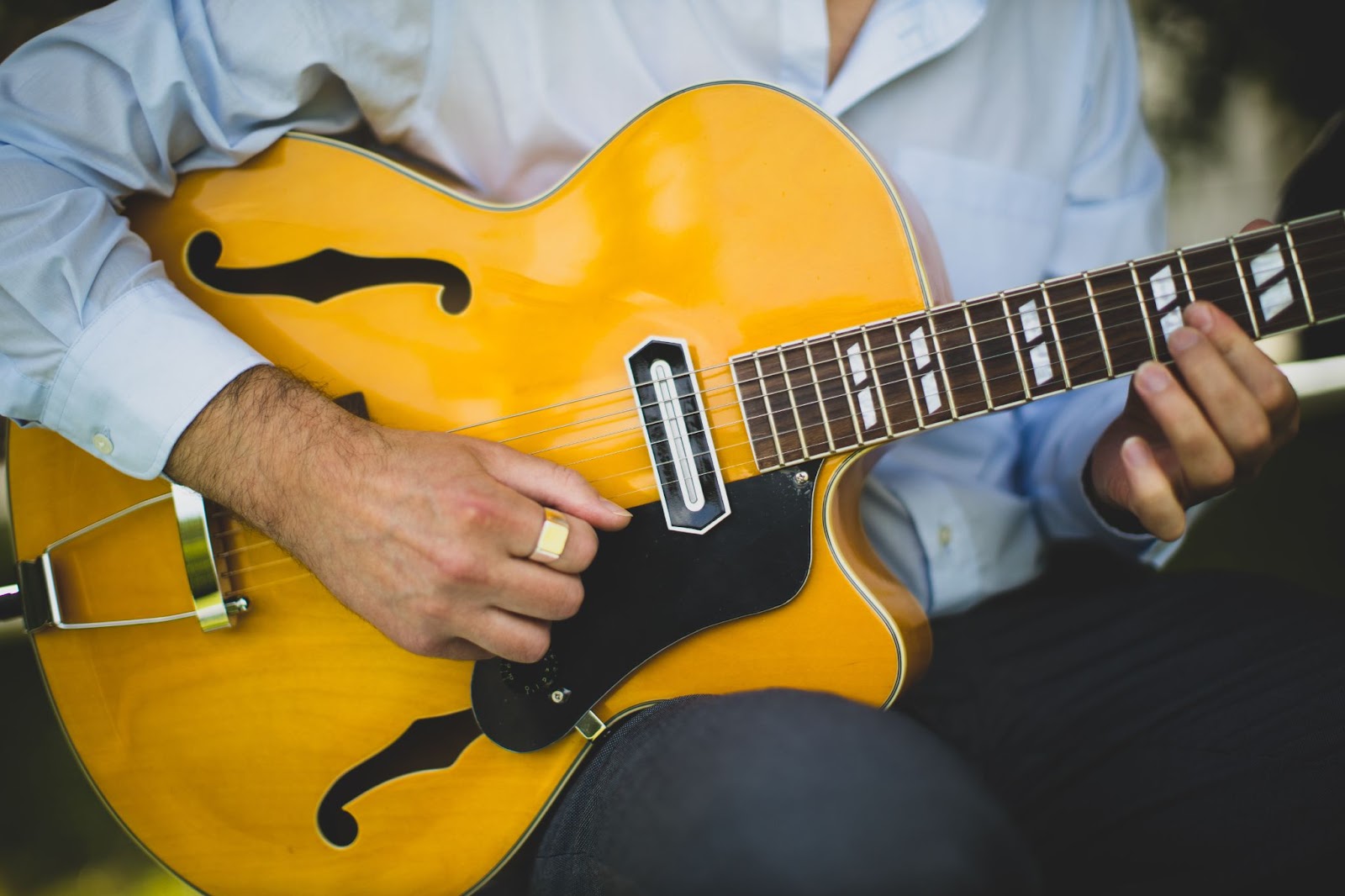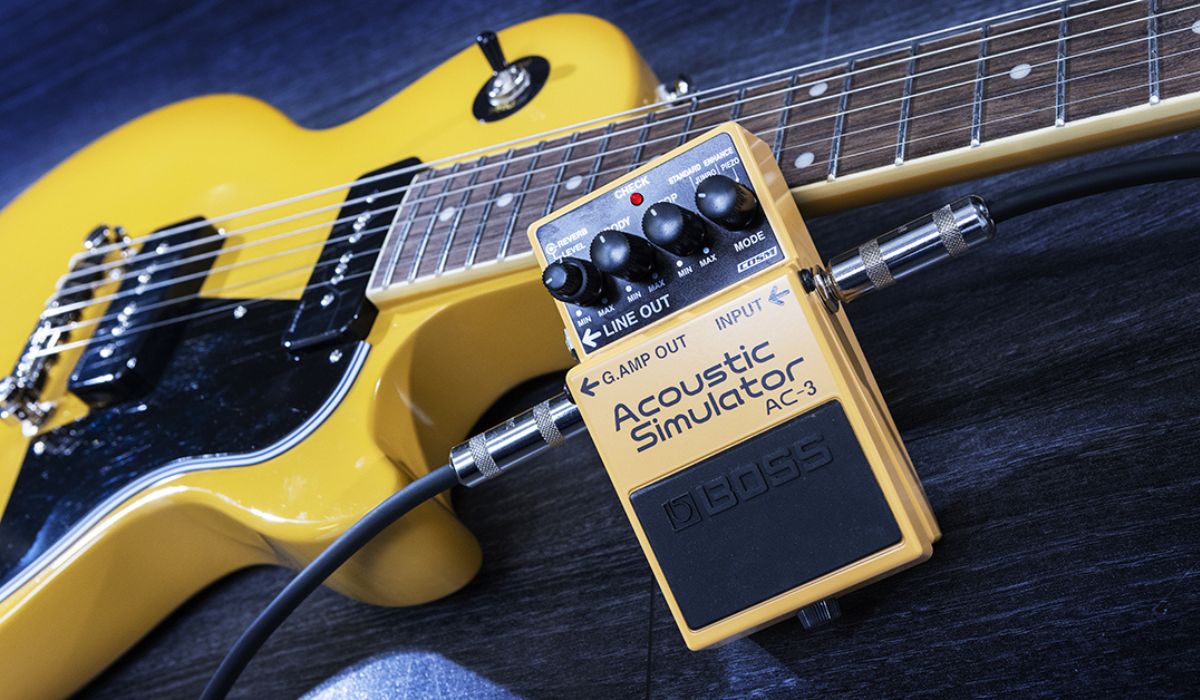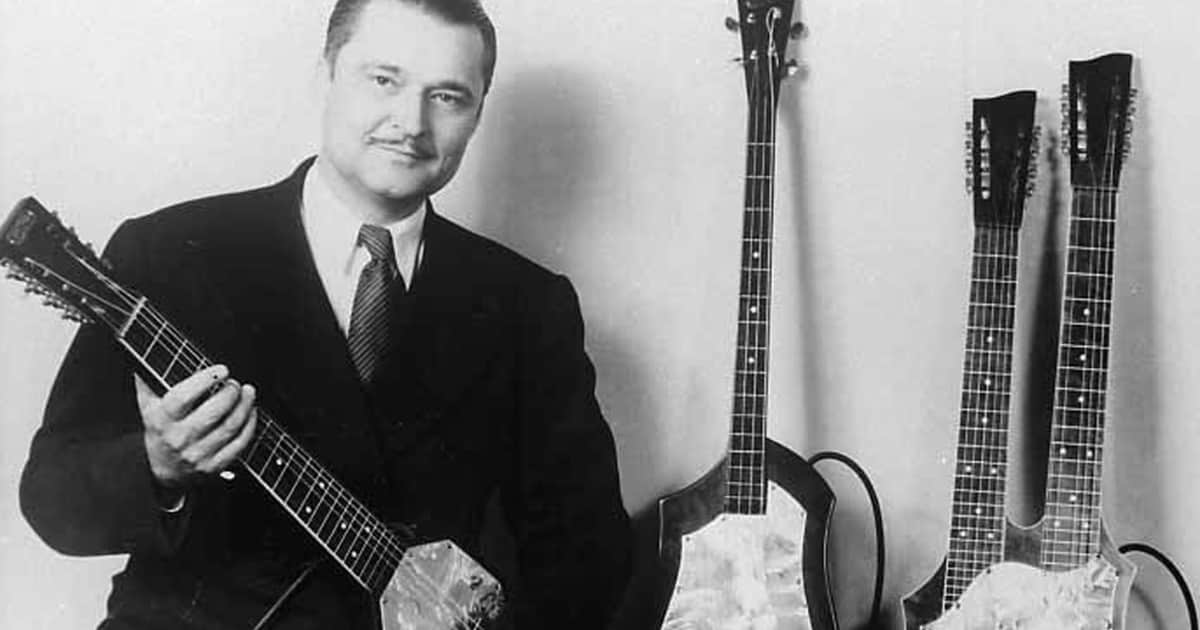Introduction
The electric guitar holds an iconic status in the realm of rock and roll, playing a pivotal role in shaping the genre and influencing generations of music enthusiasts. Its significance transcends the realm of mere musical instruments; it symbolizes rebellion, freedom, and the unapologetic expression of emotions. The birth of the electric guitar marked a paradigm shift in the sonic landscape of popular music, ushering in a new era of experimentation and sonic possibilities. This article delves into the profound impact of the electric guitar on the evolution of rock and roll, exploring its role in revolutionizing sound, shaping the genre, and giving rise to legendary guitar heroes.
As we embark on this exploration, we will journey through the historical roots of the electric guitar, unraveling the transformative impact it had on the sonic palette of rock and roll. From the birth of the first electric guitar to the emergence of guitar virtuosos who wielded it as a weapon of musical innovation, we will witness the indelible mark left by this instrument on the fabric of rock and roll. Join us as we delve into the electrifying world of the electric guitar and unravel the sonic revolution it ignited in the realm of music.
The Birth of the Electric Guitar
The genesis of the electric guitar can be traced back to the early 20th century, a time when musicians and inventors sought to amplify the sound of traditional acoustic guitars. In 1931, the Rickenbacker Electro A-22 became one of the pioneering electric guitars to be commercially produced, marking a significant milestone in the evolution of musical instruments. This breakthrough paved the way for further experimentation and innovation in the realm of electrically amplified sound.
One of the most iconic figures in the development of the electric guitar is Les Paul, whose relentless pursuit of sonic innovation led to the creation of the solid-body electric guitar. In 1952, the Gibson Les Paul model made its debut, forever altering the musical landscape and laying the foundation for the future of rock and roll. The invention of the solid-body electric guitar revolutionized the way music was created and performed, providing musicians with a powerful tool to sculpt and amplify their sonic expressions.
Simultaneously, the Fender Telecaster, introduced in 1950, and the Stratocaster, introduced in 1954, further expanded the sonic capabilities of the electric guitar, solidifying its position as a cornerstone of modern music. These instruments not only offered enhanced playability and tonal versatility but also became iconic symbols of artistic expression and rebellion.
The birth of the electric guitar marked a seismic shift in the musical landscape, empowering musicians to unleash a torrent of electrifying sounds that reverberated through the annals of rock and roll history. This newfound sonic prowess laid the groundwork for the genre’s electrifying evolution, setting the stage for the emergence of guitar heroes and the sonic revolution that would shape the future of music.
The Impact on Sound
The advent of the electric guitar heralded a sonic revolution that reverberated through the corridors of musical innovation. By electrifying the traditional acoustic guitar, musicians gained the ability to harness a diverse array of tones, textures, and sonic effects that were previously unattainable. The amplified sound of the electric guitar transcended the confines of acoustic limitations, allowing for greater expressiveness and sonic experimentation.
One of the defining characteristics of the electric guitar is its capacity for distortion, a sonic attribute that became synonymous with the raw, rebellious spirit of rock and roll. The incorporation of distortion, coupled with the use of amplifiers and effects pedals, empowered musicians to sculpt and manipulate their sound, giving rise to a new sonic language that spoke volumes about the ethos of rebellion and counterculture.
Furthermore, the electric guitar’s ability to sustain notes and produce feedback opened up a realm of sonic possibilities, enabling musicians to create ethereal, otherworldly sounds that captivated audiences and defined the sonic landscape of rock and roll. This newfound capacity for sustained, feedback-laden expression imbued the music with an emotive, almost vocal quality, adding depth and dimension to the sonic tapestry of the genre.
Moreover, the electric guitar’s adaptability to various playing techniques, such as fingerpicking, palm muting, and vibrato, further expanded its sonic repertoire, allowing musicians to explore a myriad of tonal nuances and textures. The instrument’s versatility in accommodating diverse playing styles and techniques contributed to the rich tapestry of sounds that defined the sonic identity of rock and roll.
In essence, the electric guitar’s impact on sound transcended mere amplification; it catalyzed a sonic revolution that redefined the boundaries of musical expression. Its capacity for distortion, sustain, and tonal versatility transformed the sonic landscape of rock and roll, laying the foundation for a new era of musical innovation and sonic exploration.
The Rise of Guitar Heroes
The emergence of the electric guitar as a dominant force in rock and roll gave rise to a pantheon of guitar heroes whose virtuosity and showmanship captivated audiences and reshaped the cultural landscape. These guitar virtuosos transcended the traditional role of a musician, assuming the status of iconic figures whose influence extended far beyond the realm of music.
One of the most revered figures in the pantheon of guitar heroes is Jimi Hendrix, whose groundbreaking approach to the electric guitar defied convention and redefined the instrument’s sonic potential. Hendrix’s innovative use of feedback, distortion, and whammy bar techniques elevated the electric guitar to new heights, inspiring generations of musicians and cementing his status as a legendary guitar hero.
Another luminary in the realm of guitar heroes is Eric Clapton, whose soulful playing and emotive phrasing captivated audiences and solidified his status as a paragon of guitar virtuosity. Clapton’s mastery of the electric guitar, coupled with his ability to convey raw emotion through his playing, earned him a hallowed place in the annals of rock and roll history.
The incendiary fretwork of Eddie Van Halen, the searing riffs of Jimmy Page, and the technical wizardry of Steve Vai are but a few examples of the diverse styles and influences that guitar heroes brought to the forefront of rock and roll. Each of these virtuosos contributed to the ever-expanding sonic vocabulary of the electric guitar, pushing the boundaries of technical proficiency and artistic expression.
Furthermore, the rise of guitar heroes not only transformed the sonic landscape of rock and roll but also catalyzed a cultural shift, inspiring countless individuals to pick up the instrument and embark on their own musical odyssey. The allure of these guitar icons transcended mere musical admiration, permeating the realms of fashion, art, and popular culture, thereby solidifying their status as cultural icons.
The ascent of guitar heroes in the realm of rock and roll not only elevated the electric guitar to an unprecedented level of prominence but also imbued the instrument with an almost mythical aura, forever intertwining its legacy with the fabric of popular culture.
Shaping the Genre
The electric guitar’s indelible imprint on the genre of rock and roll transcends its role as a mere instrument; it has fundamentally shaped the sonic identity and cultural ethos of the genre. The instrument’s electrifying presence and sonic versatility have been instrumental in defining the core elements of rock and roll, from its rebellious spirit to its raw, unbridled energy.
One of the defining characteristics of the electric guitar is its capacity to evoke raw emotion and unbridled energy, qualities that are intrinsic to the ethos of rock and roll. The instrument’s ability to convey a wide spectrum of emotions, from angst and rebellion to passion and exuberance, has been pivotal in shaping the genre’s sonic palette and emotive depth.
Moreover, the electric guitar’s role in shaping the rhythmic and harmonic foundations of rock and roll cannot be overstated. Its driving power chords, searing solos, and dynamic range have provided the genre with a sonic framework that embodies the spirit of defiance and liberation. The instrument’s ability to drive the rhythm, punctuate the melody, and soar into the stratosphere of sonic expression has been integral to the genre’s evolution.
Furthermore, the electric guitar’s influence on the evolution of rock and roll extends to its role in defining the sonic architecture of the genre. From the blistering distortion of hard rock to the ethereal textures of psychedelic rock, the electric guitar has been the primary vehicle for sculpting the genre’s sonic landscapes, pushing the boundaries of sonic experimentation and innovation.
Additionally, the instrument’s capacity for improvisation and self-expression has been a driving force in the genre’s evolution, giving rise to iconic guitar solos and instrumental passages that have become emblematic of rock and roll’s expressive fervor. The electric guitar’s ability to serve as a conduit for individual expression has been pivotal in shaping the genre’s identity and fostering a culture of musical innovation and virtuosity.
In essence, the electric guitar has been instrumental in shaping the genre of rock and roll, imbuing it with a sonic identity that encapsulates the spirit of rebellion, freedom, and unbridled passion. Its role in defining the genre’s sonic, emotional, and cultural dimensions has solidified its status as a cornerstone of rock and roll’s enduring legacy.
Conclusion
The electric guitar stands as a towering emblem of musical innovation, rebellion, and sonic expression, its impact reverberating through the annals of rock and roll history. From its humble beginnings as an amplified instrument to its evolution into a cultural icon, the electric guitar has left an indelible mark on the genre, shaping its sonic identity and cultural ethos in profound ways.
By tracing the historical trajectory of the electric guitar, from its pioneering innovations to the emergence of guitar heroes, we have witnessed the instrument’s transformative influence on the genre of rock and roll. Its capacity for sonic innovation, emotive expression, and technical virtuosity has been instrumental in shaping the genre’s sonic palette and cultural significance.
Furthermore, the electric guitar’s role in catalyzing a sonic revolution, redefining the boundaries of musical expression, and inspiring generations of musicians has solidified its status as a cornerstone of rock and roll’s enduring legacy. The instrument’s ability to convey raw emotion, drive the genre’s rhythmic foundations, and sculpt its sonic architecture has been pivotal in defining the ethos of rebellion, passion, and unbridled energy that characterizes rock and roll.
In essence, the electric guitar’s journey from a novel invention to a cultural icon mirrors the evolution of rock and roll itself, embodying the genre’s spirit of defiance, innovation, and uninhibited self-expression. Its enduring legacy as a symbol of artistic freedom and sonic exploration cements its place as a foundational pillar of rock and roll’s enduring legacy, ensuring that its electrifying impact will resonate through the corridors of musical history for generations to come.









